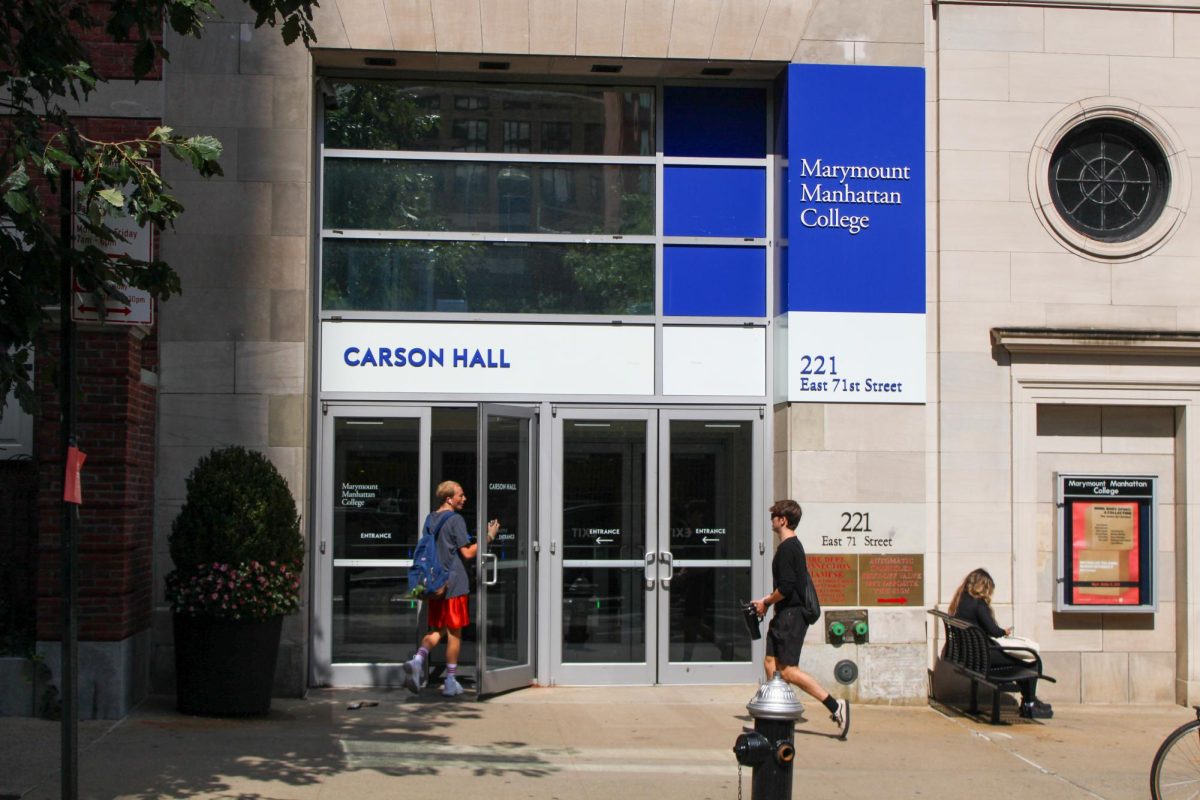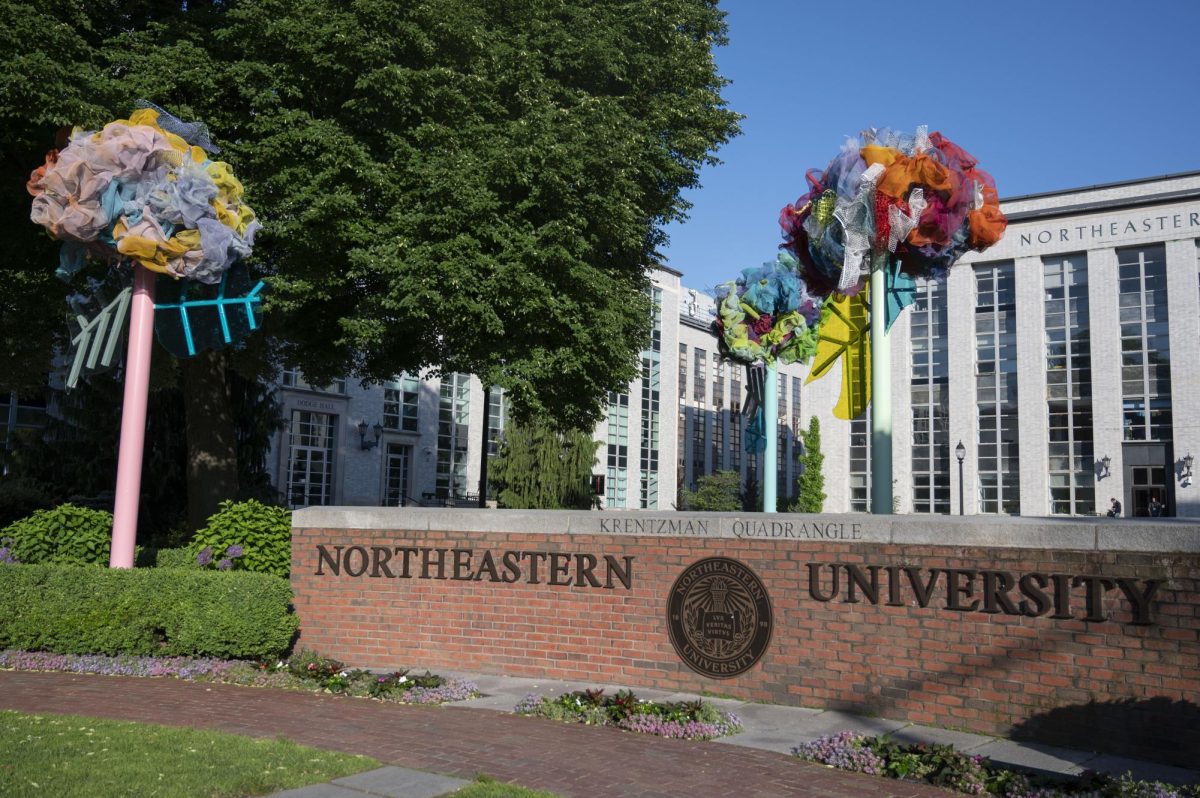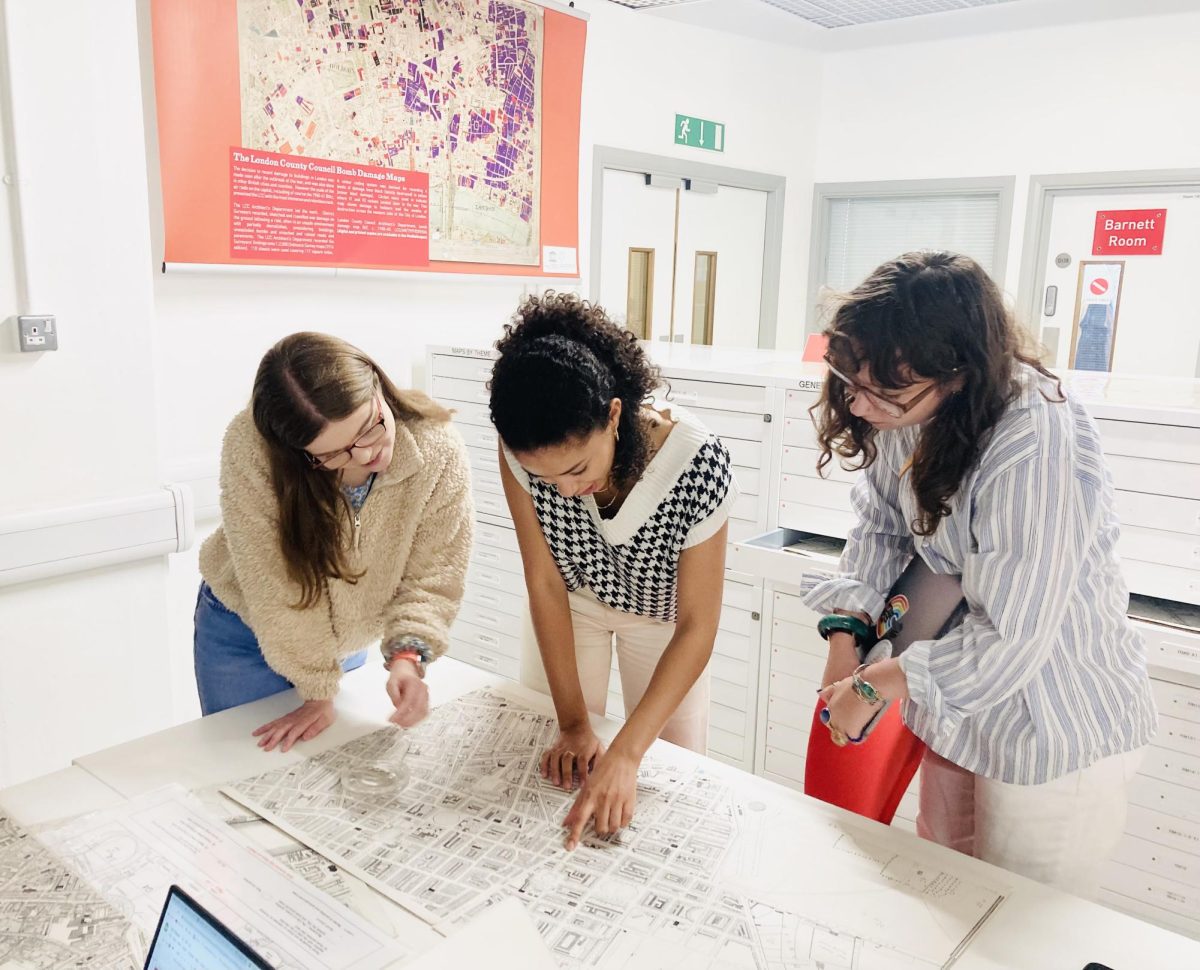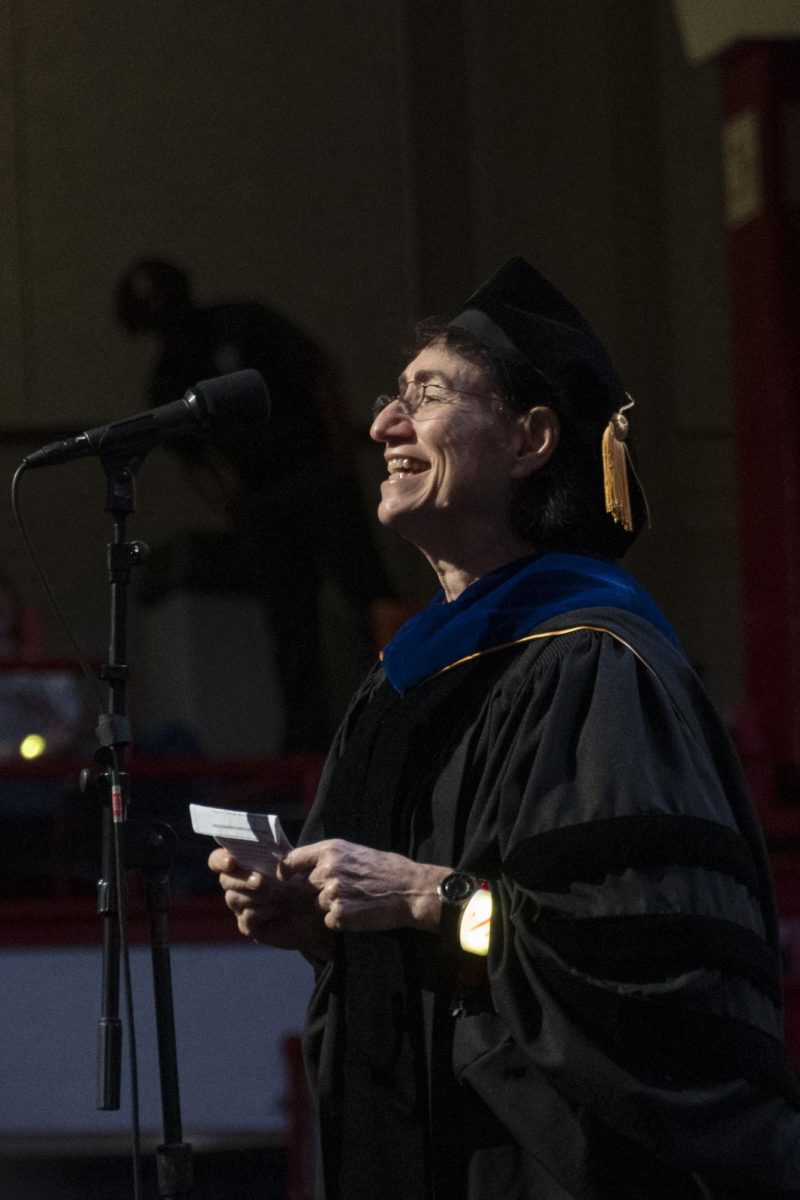By Frederick Churchville, News Correspondent
Over the last four months, Boston shed light on its environmental and economic sustainability concerns ‘- literally.
Two weeks ago, city officials showcased their latest step in helping save taxpayers’ money and the environment by installing 18 new ‘acorn-style,’ or globe-shaped, lights containing LED (light emitting diode) bulbs along the Mayor’s Walk, an area of the Boston Common. The demonstration installation is part of Mayor Thomas M. Menino’s efforts to ‘green’ Boston, according to the city’s website.
City officials will elicit comments and suggestions from residents via an online survey and Twitter before continuing to install more LED lights in other public places and on roadways and sidewalks, according to an announcement from Menino in November.
‘We’ve seen over the past six to eight months that the cost of LED lights has gone down dramatically and the quality has been going up,’ said Brian Glascock, commissioner for the Environmental Department of the city of Boston.
Boston currently spends about $16 million per year on energy costs and about $2 million in replacement costs for 67,484 streetlights, Glascock said. Though LED lights cost more than traditional lights, they could help to reduce as much as 50 percent of the city’s spending on public lighting in the long run. Traditional light sources require replacement every two to three years, whereas LED streetlights would last 10 to 25 years, according to the city’s website.
‘Streetlights represent a huge portion of a city’s budget,’ Glascock said. ‘If we could wave a magic wand and do this all at once, we would save $8 million a year on energy and almost another million on replacement costs.’
Most of the funding for the installation of LED lights comes from an American Recover and’ Reinvestment Act of 2009, keeping costs low for taxpayers, Glascock said.
The effort is part of a new program called LEDcity which according to its website, LEDcity.org, is ‘an expanding community of government and industry parties working to promote and deploy LED lighting technology across the full range of municipal infrastructure.’ LEDcity started in Raleigh, N.C in December 2006.
According to the city’s Environmental Department website, they are considering increased use of LED lights because it would significantly cut energy use and carbon emissions, produce enhanced visibility, save on costs and reduce light pollution.
Light pollution, which reduces Bostonians’ ability to stargaze and may interfere with the migratory patterns of certain birds and waterfowl, is also a major concern for residents and city officials, according to the program outline provided in a statement released by Menino. Glascock said LED lights increase the overall quality of lighting and can be aimed to light certain portions of the streets, reducing light intrusion into homes and the amount of light shone into the sky.
Glascock said there has been good response from city residents via their comment system available on their website and Twitter.
‘It’s been positive so far; we’re getting good feedback,’ he said.
Some Northeastern students said they are happy about the switch. Connor Murphy, a sophomore civil engineering major, said he is glad the city has decided to try and switch to LED lighting.
‘If it’s cheaper, better for the city, it is definitely a positive direction,’ Murphy said.
Glascock said the city plans on installing 20 more LED lights in Christopher Columbus Park, located along Boston’s waterfront and Atlantic Avenue, in January, and more in the future.
‘It will be nice to have lights and not have to worry about them,’ he said.








